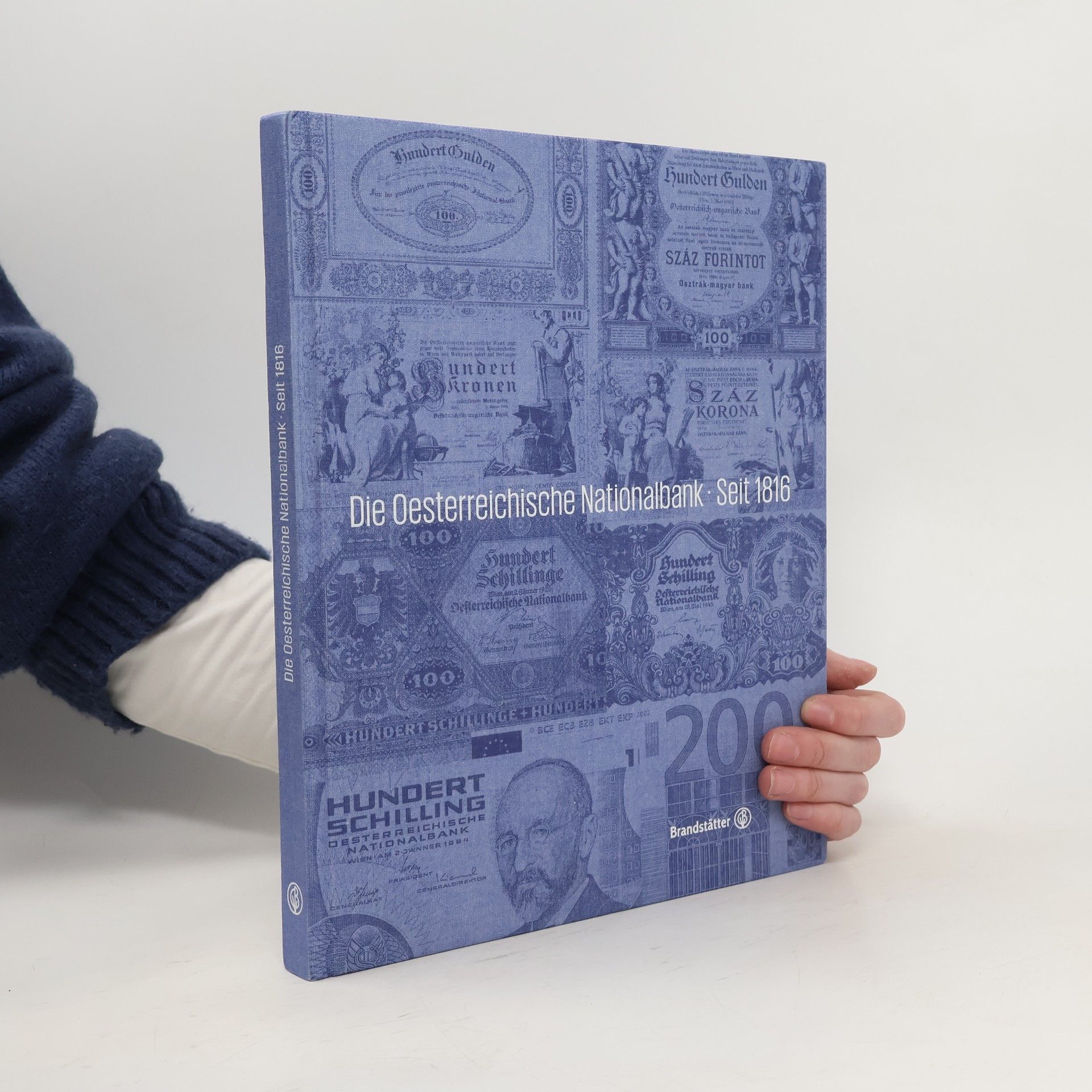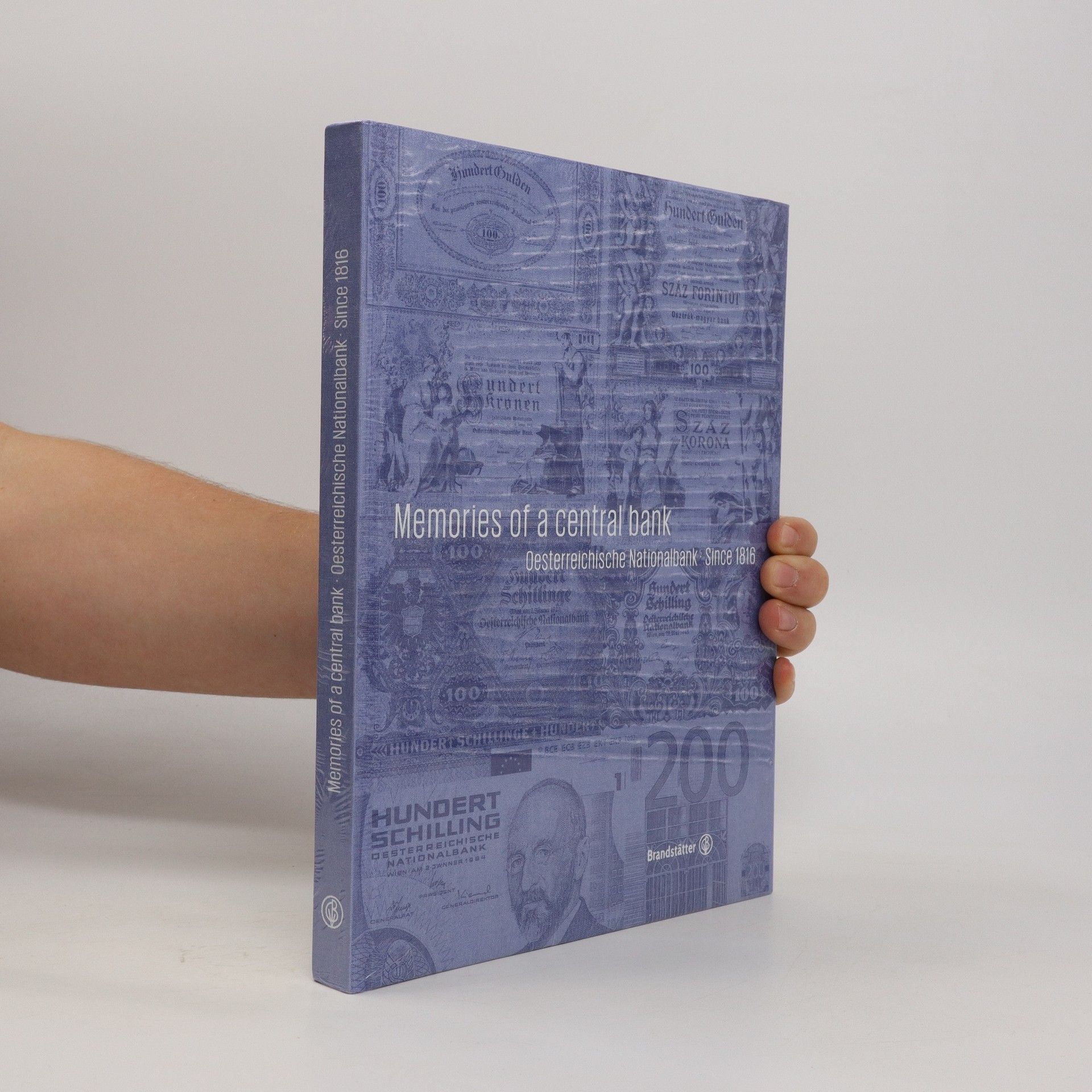On June 1, 1816, Emperor Francis I signed the “privilegirte oesterreichische National-Bank“ into existence—which makes today’s Oesterreichische Nationalbank (OeNB) one of the oldest central banks in the world. Along with the world itself, the Nationalbank has undergone profound changes since its founding days and formative years. Its initial role, that of financing government spending as the treasury’s banker, is now outlawed under EU law whereas central bank independence has been enshrined in law, to enable the Nationalbank to ensure stable prices and sound financial markets. In these 200 years, Austria’s national currency has changed five times—from the florin to the crown to the schilling to the reichsmark and back to the schilling and most recently to the euro, which Austria now shares with 18 other European countries. Largely drawing on previously unpublished material from the OeNB’s archives, this book chronicles the memories of the Nationalbank with descriptive visuals and engaging vignettes of workaday life at the central bank, thus bringing to life 200 eventful years of Austrian history.
Walter Antonowicz Livres


Umfassende Darstellung der siebenältestenNotenbank der Welt Der Prachtband zum 200-Jahr-Jubiläum Reich illustriert mit unveröffentlichtem Bildmaterial Die Oesterreichische Nationalbank wurde am 1. Juni 1816 durch zwei Patente von Kaiser Franz I. gegründet. Seither hat sich die Welt, in der die Nationalbank agierte, grundlegend verändert – und damit auch die Notenbank selbst. In ihrer ersten Rolle war sie Finanzier des Staatshaushalts. Diese Funktion ist den heutigen europäischen Zentralbanken verboten. Ausgestattet mit dem Gebot der Unabhängigkeit sorgt die OeNB heute für Preis- und Finanzmarktstabilität. Auch die Währungen haben in Österreich in den letzten zwei Jahrhunderten sechsmal gewechselt. Nach Gulden, Krone, Schilling, Reichsmark und wieder Schilling bedeutete die Einführung des Euro in mittlerweile 19 Ländern Europas den letzten markanten Einschnitt in die Geld- und Währungspolitik Österreichs. Dieses Jubiläumsbuch fängt die wichtigsten Momente und Aufgaben der damaligen wie heutigen OeNB ein. Die reich illustrierten Texte basieren großteils auf bisher unveröffentlichten Quellen aus dem Archiv der OeNB.